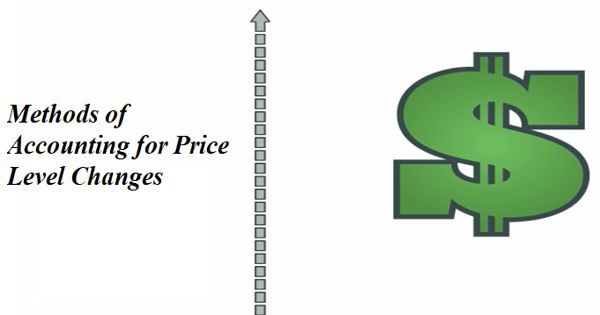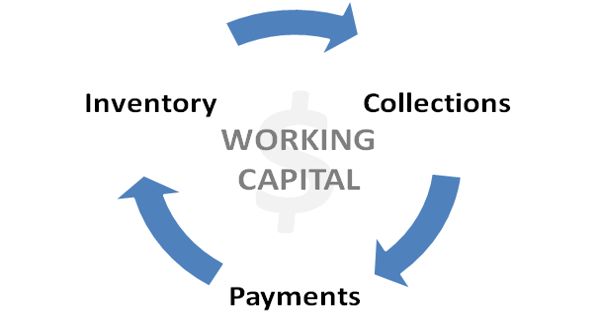The audit that remains continue throughout the financial year is called continuous audit. This audit is an audit that involves a detailed examination of books of account at regular intervals i.e. one month or three months. These audits are usually technology-driven and designed to automate error checking and data verification in real-time. The auditor visits clients at regular intervals during the financial year and checks each and every transaction.
This audit is performed generally by the firm’s internal auditors to eliminate the year-end workload. At the end of the year, the auditor checks the profit and loss account and the balance sheet. It focuses on testing the prevalence of risk and the effectiveness of control. A continuous audit is not of much use to the small firms as its accounts can be audited at the end of the financial year without much loss of time.
A business where the continuous audit is applicable:
- Businesses are shifting over to a continuous approach to auditing because, quite simply, it is more effective.
- Where it is desired to present the account just after the close of the financial year, as in the case of a bank.
- Where the volume of the transactions is very large. If necessary, any alteration can be made only after obtaining the approval of the auditor.
- Where the statements of accounts is required to be presented to the management after every month or quarter. This process is not intended to replace traditional internal auditing.
- Reduces audit costs while improving effectiveness. Where no satisfactory system of internal check is in operation. Trend analysis makes it easier to identify fraud.
Characteristics of Continuous Audit –
- The auditor visits the business regularly.
- It is conducted in a large business concern.
- It is conducted throughout the year.
- It is an expensive audit
- It is used to cover the deficiencies of the business.
















